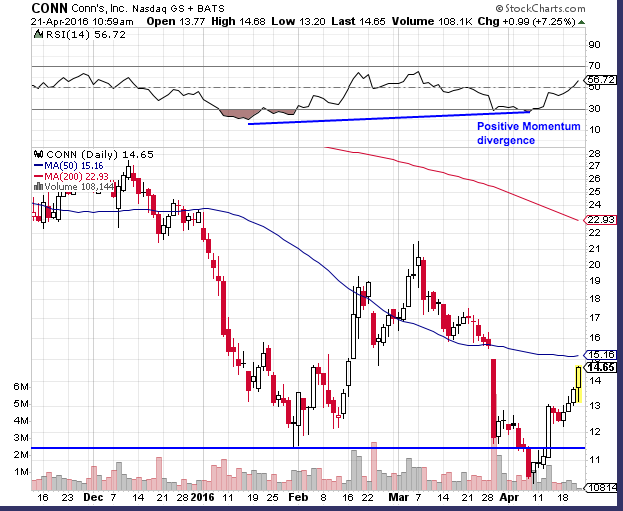There are many different ways to make money in the stock market. What they have in common is that each has its own sweet spot – an environment when it works best and delivers the biggest return on capital.
I constantly innovate and try different setups. I started my career with just one setup – the so-called post-earnings announcement drift, which buys tight consolidations in stocks that gap up on earnings. It has delivered consistent profits and I continue to use it today. Over time, I gradually added more ideas to my portfolio of setups until I reached a point where I have a good setup for each type of market environment – uptrend, distribution (topping process), downtrend, accumulation (bottoming process).
Here’s an interesting setup I’ve been experimenting with. A false breakdown – it happens when a stock breaks down to new 52-week lows, but its RSI reading doesn’t confirm it. This is often referred to as a positive momentum divergence. The goal is to enter when a stock goes back above its breakdown level and to sell near a declining 20 or 50-day moving average. In a strong bull market and near major market bottoms, such type of setups could deliver quick 20-30% in 1-2 weeks. My stop is usually the low of the breakdown day.
Keep in mind that not every positive momentum divergence leads to a reversal or profit. In some cases, stocks might continue lower for several days before they reverse. This setup doesn’t work during market downtrends.
Typically such setups work best near major market bottoms. Stocks tend to top individually, but most of them bottom as a group. I talked about this development here.
